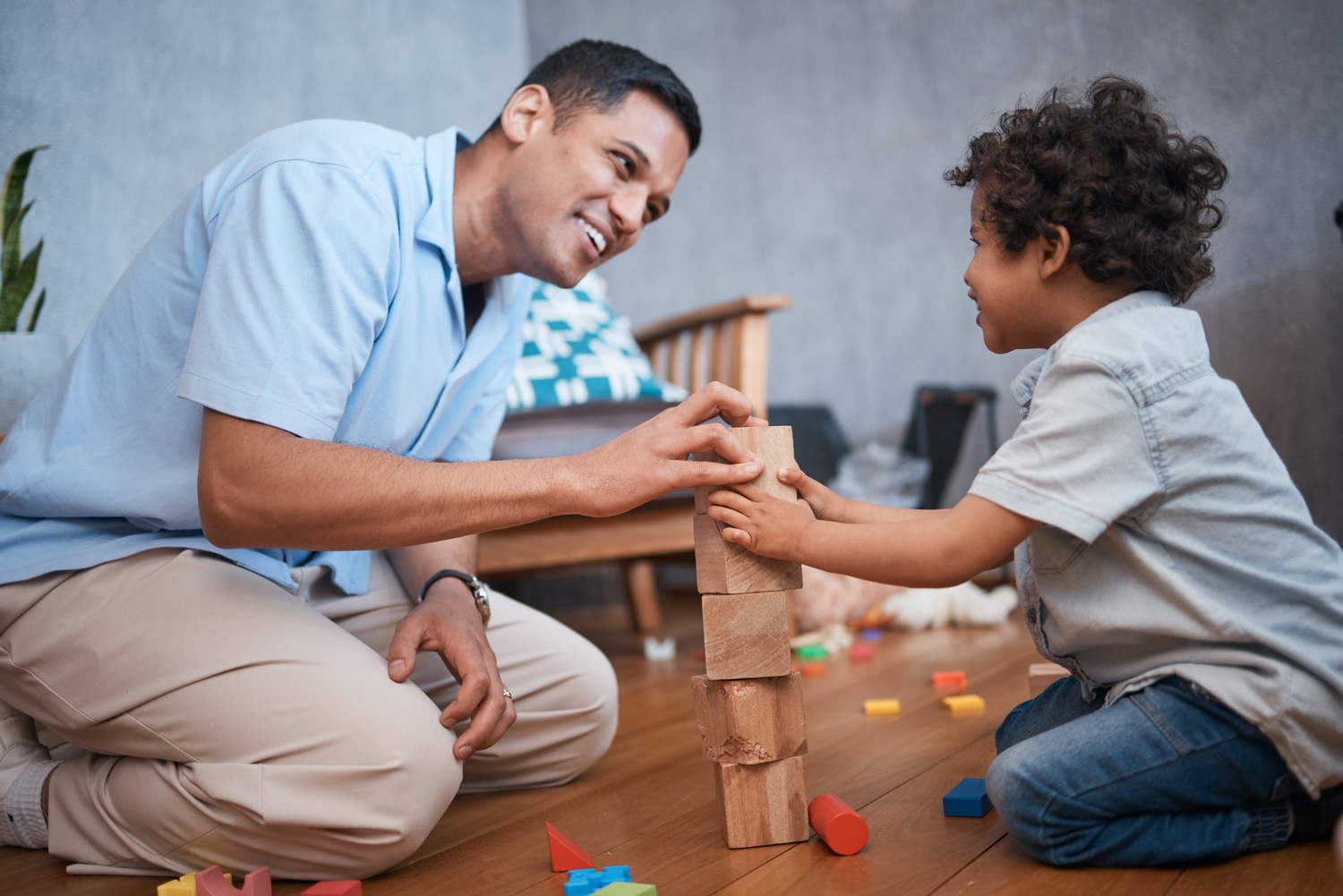Are Certain Toys Better Than Others for Autistic Children?

Sometimes parents wonder what the best toys are for helping their child interact and communicate. Some research has shown that...
- Autistic children talk less and use fewer different types of words when playing with electronic toys as compared to other kinds of toys [1,2].
- When comparing pretend toys and toys for physical play, autistic children spend slightly more time paying attention to their parents during play with physical toys [3].
But at the end of the day, these differences don’t matter as much as the most important thing to keep in mind when it comes to interacting with your child:
The best toys for your child are the toys and object your child likes best!
The truth is that children learn best and interact most easily when they are interested in what they’re doing and having fun. This means that the best toys for your child will be the toys and objects that they love to play with.
Observe Your Child's Play with Toys
You will learn about your child’s interest in toys if you follow your child’s lead. This starts with observing your child’s play. As you watch your child playing, notice which toys or objects they enjoy and play with frequently, and notice how they play with these items. This will give you ideas about how you might join in with them.
Let Your Child Lead the Play
Once you have noticed what your child enjoys playing with, let your child lead the play. Sometimes referred to as “child-led play”, this involves:
- Letting your child choose which toys or objects they want to play with.
- Thinking about ways to join in without changing how your child is playing or telling them what to do
- Responding to what your child says or does by copying their actions and/or making a comment related to what they said.
- Talking about what your child is doing, what they are focused on, and what interests them.
Tips for Toy Play
Here are some other things to consider when thinking about your child’s toy play:
- There is no “right” way to play – children play in a variety of ways that help them explore objects and learn about the world. Play can take many different forms, such as lining up blocks, crashing into a pile of pillows, putting a blanket on a doll, or spinning the wheels of a toy car while watching with interest. You’ll know that your child is playing if they choose the activity, and they are enjoying it.
- Think beyond the toy box – sometimes the best toys are not “toys” at all! Children often have as much fun with the toy packaging as they do with the toy itself! The study described above about physical play included a spinning office chair as a physical toy, which can be great fun for children who enjoy spinning. Other everyday objects that some children enjoy include things like cardboard boxes, paper towel rolls, blankets, and mixing bowls. Just because it doesn’t come from the toy store doesn’t mean it isn’t a potential toy!
- We can’t make assumptions about toys – while it may be more difficult to start an interaction with an electronic toy, this is not always the case. Some electronic toys can provide opportunities for interaction, such as a ball with lights and sounds that can be passed back and forth in a game of catch. And while toys for physical play may promote interaction, there could be times when your child prefers to play with these types of toys alone. The best way to figure out if a toy can be interactive is to follow your child’s lead, watching how they play, and finding a way to playfully join in without changing the way they play.
- YOU might be your child’s best toy! – sometimes the most interaction happens without any toys at all! “People games” are physical games without any toys or objects, such as chase, tickles, or Peek-a-boo. Because these games only involve people (and no toys), and they include fun movements or actions, it’s often easier to get an interaction going with these games, as long as you make sure that you pause during the game for your child to take a turn.

- It’s not about the toy; it’s about the interaction – the authors of one of the electronic toy studies summarize what’s most important when it comes to toy play: “Parents should be assured that no toys can take the place of a sensitive, engaged, responsive play partner” [2, p. 7]. That is, the interactions you have with your child during play are far more important that the toys themselves.
You can find more ideas about how to follow your child’s lead during play in our handout, “Child-led Play Opens the Door to Communication and Interaction for Young Autistic Children”.
